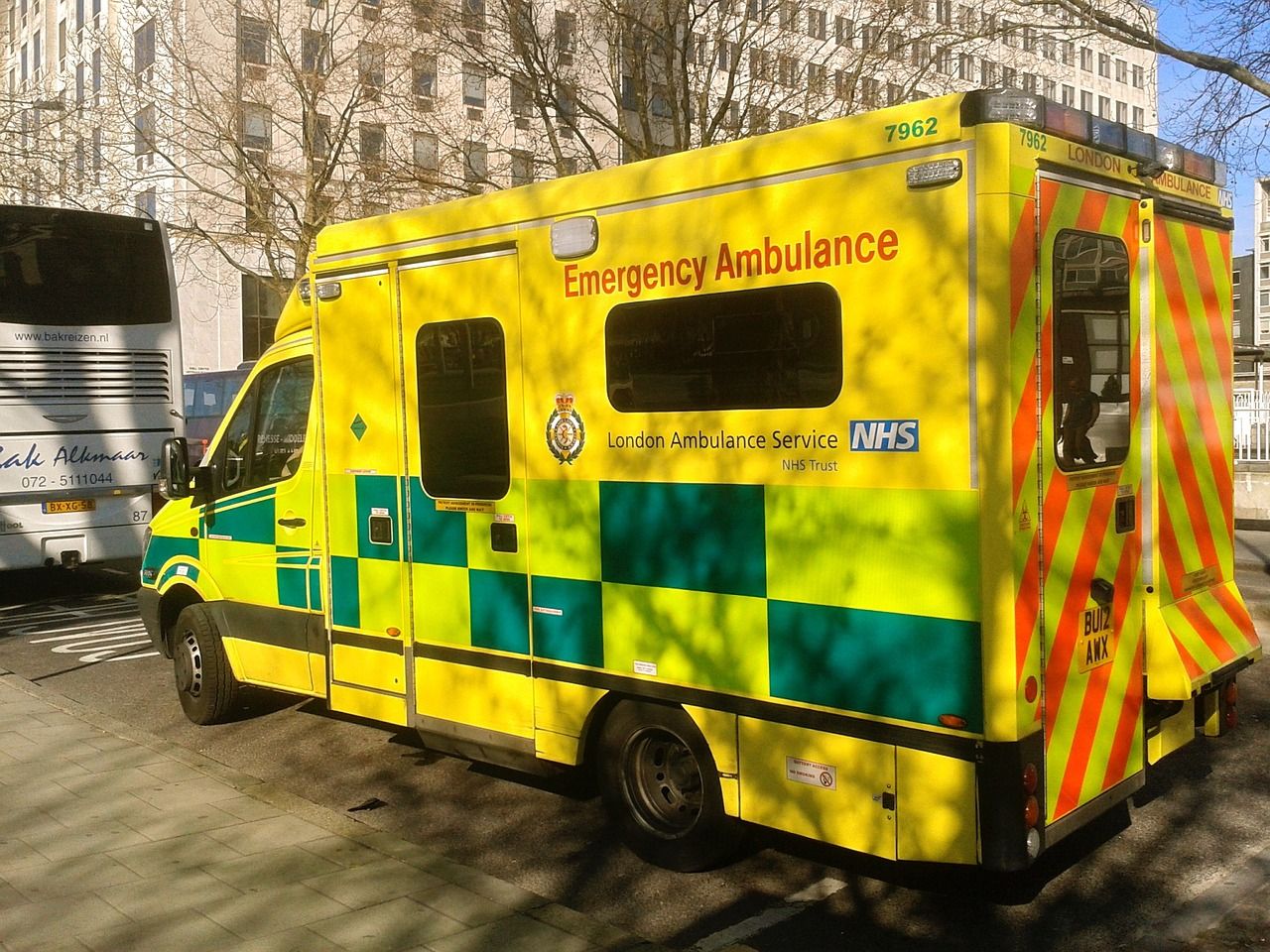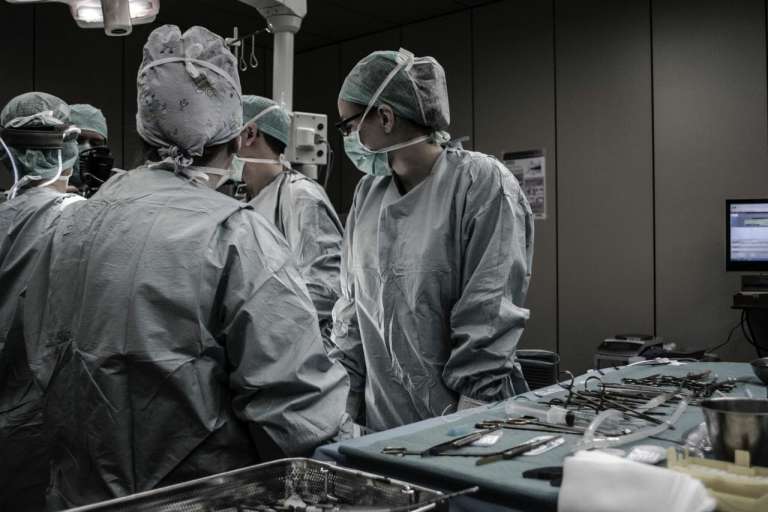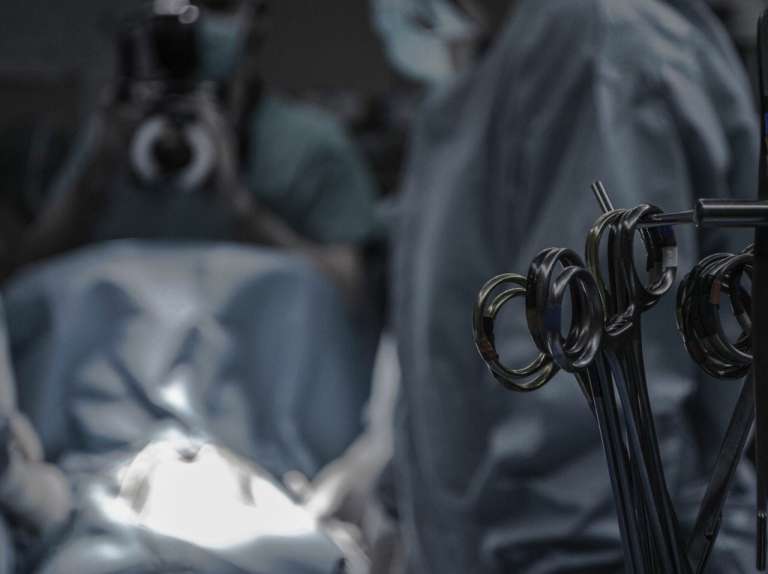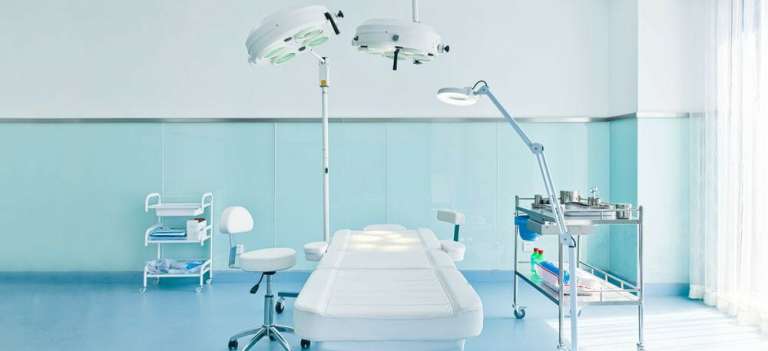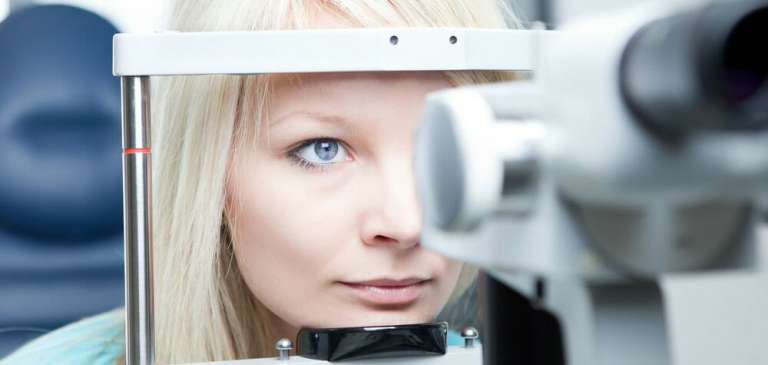The NHS have recently released monthly statistics on Accident and Emergency (A&E) and the figures display a worrying trend of increasing traffic and wait times in our A&E departments. As we head into winter, a period that traditionally applies more pressure on our emergency healthcare system, Pryers explore the potential risks of the NHS consistently failing to meet their target of seeing 95% of A&E patients within four hours.
The figures released for October 2019 A&E admissions show 2,170,510 attendances, a 4.4% increase on the same month last year. Which is also mirrored in the annual statistics, demonstrating an increase of 4.3% of attendances within the last 12 months compared to the previous 12 month period. This has resulted in even more patients having longer wait times to be seen, transferred, treated or discharged. Only 83.6% of patients were seen within four hours, which is the lowest performance since the data collection began, the NHS target of 95% was last met in July 2015.
Professor John Appleby, chief economist at the Nuffield Trust think tank said: “These figures show the next government will immediately be faced with one of the bleakest winters in the NHS’s history.
“We have many months to go until seasonal pressures really hit the NHS, but October has already seen an unprecedented slump with performance against the main A&E target worse than ever. The health service is seeing far more patients, yet one in six is now waiting more than four hours in A&E. If the usual trends continue after Christmas, that would head towards one in five.”
The NHS reported in 2017 in their Five year Forward View that between 1.5 and 3 million people who go to A&E each year, could have their needs addressed in other parts of the urgent care system. People turn to A&E thinking it is their best or only option. The NHS have tried to combat this by extending their NHS 111 service to and expanded their “Hear and Treat” and “See and Treat” service to provide advice and support. However, this does not appear to be reducing the A&E attendance figures.
There is a risk that patients who could be treated elsewhere, are creating delays in the A&E triage assessment system. At Pryers we see a number of cases from clients who have suffered as a result of delays to diagnosis of critical conditions. There are many conditions that rely on early detection, such as sepsis, cauda equina and strokes, if there is a delay in these patients being seen by triage, the consequences can have life changing results or could even be fatal.
However, we cannot just look to unnecessary A&E attendance to explain the delays in treatment. In October there were 80,092 four hour delays for patients once the decision was made to admit them, which compares to 49,014 in the same month last year. Of these 726 were delayed over twelve hours (up from 214 the previous year). The pressure to find a suitable bed and transfer patients is delaying onward treatment and potentially putting patient safety at risk.
This summer the delays in A&E and bed wait times have been the worst on record, so as we approach winter, with the traditional projected increase of visitors to NHS A&E departments, we are increasingly concerned that patients will suffer from delays in their urgent care needs.
It is perhaps reasonable to expect delays in treatment with the increasing pressure on A&E departments, however, this should not compromise patient care and run the risk of further injury, complex treatment and extended recovery times.
If you know someone who’s treatment has been significantly compromised due to a delay in diagnosis, speak to our experts to find out how you can make a compensation claim.

